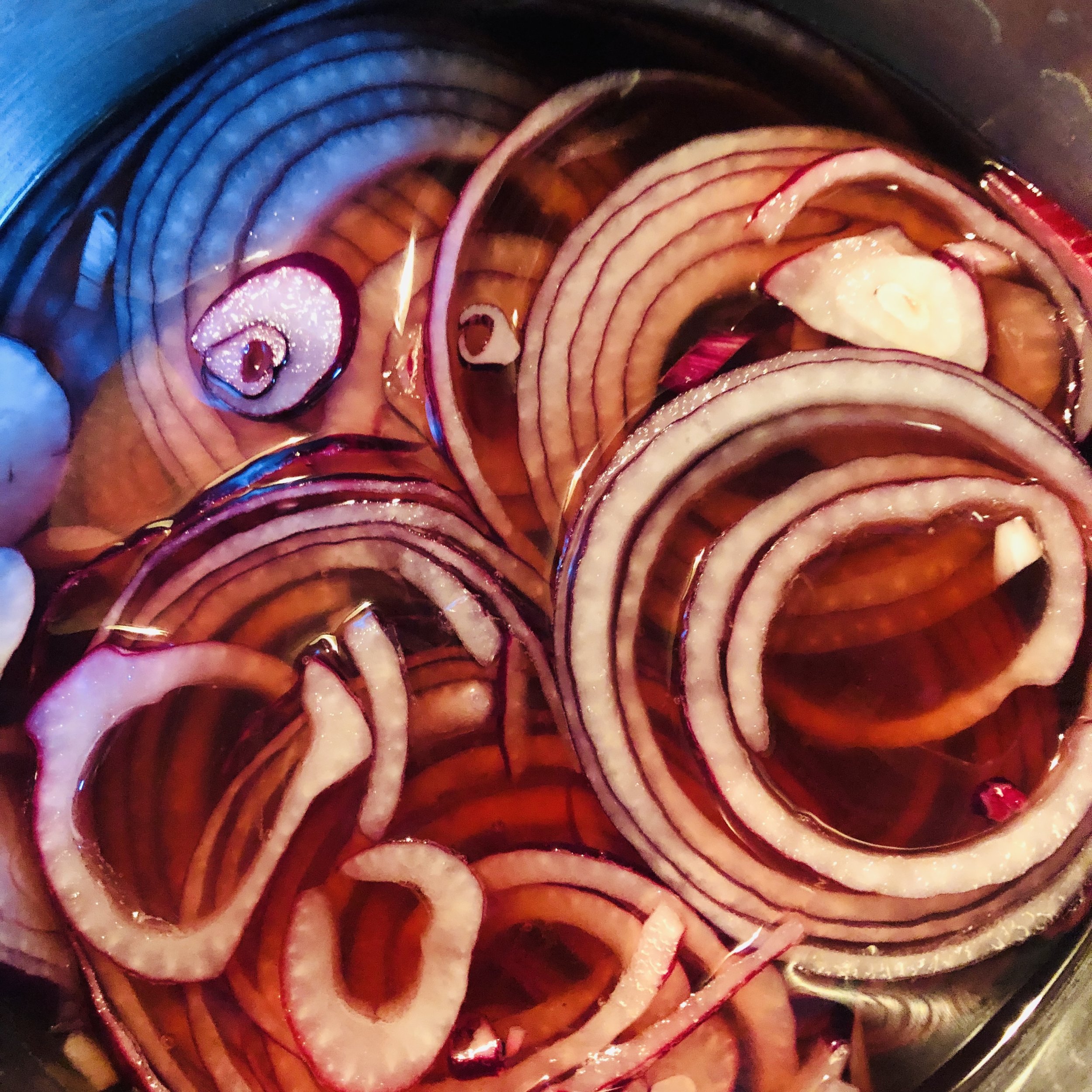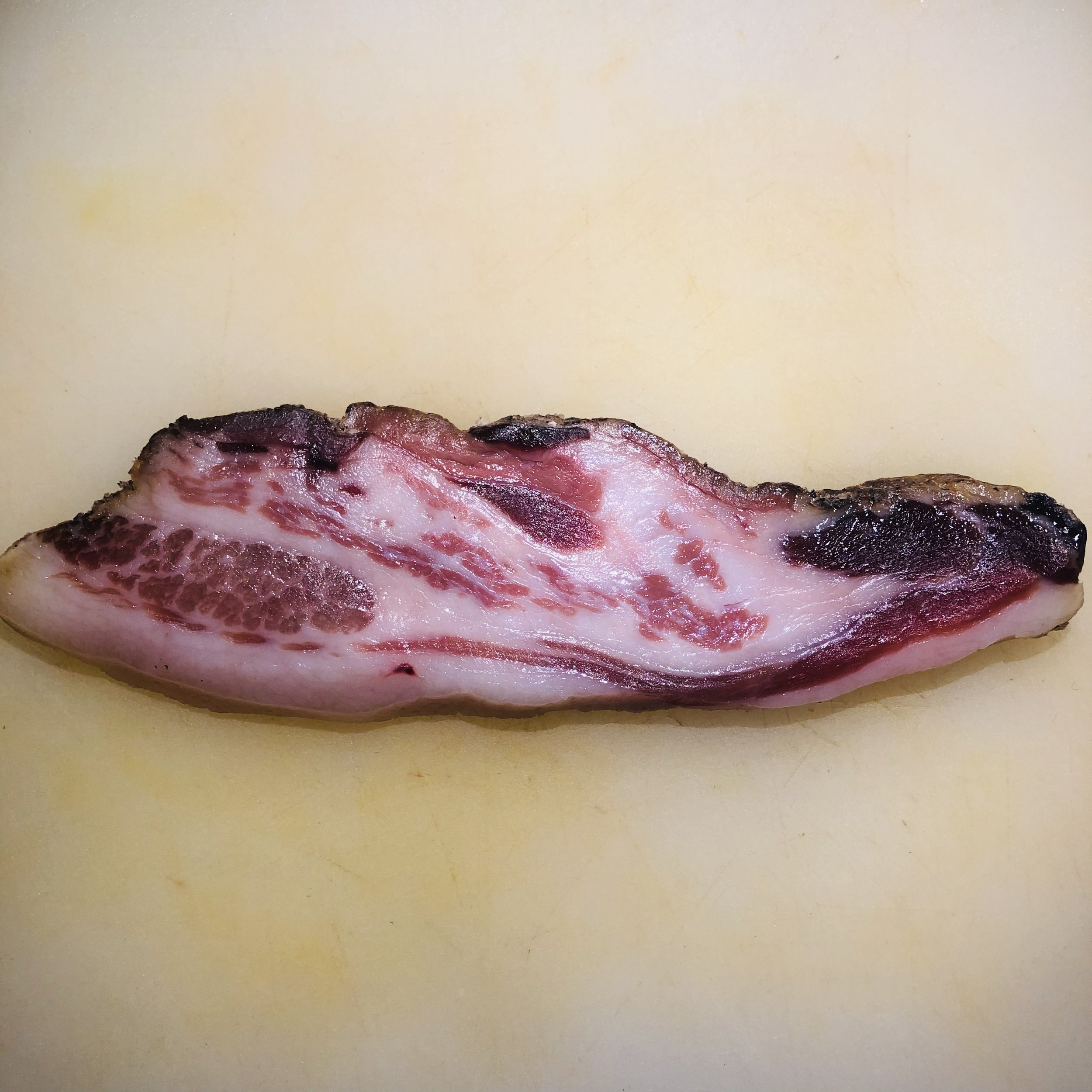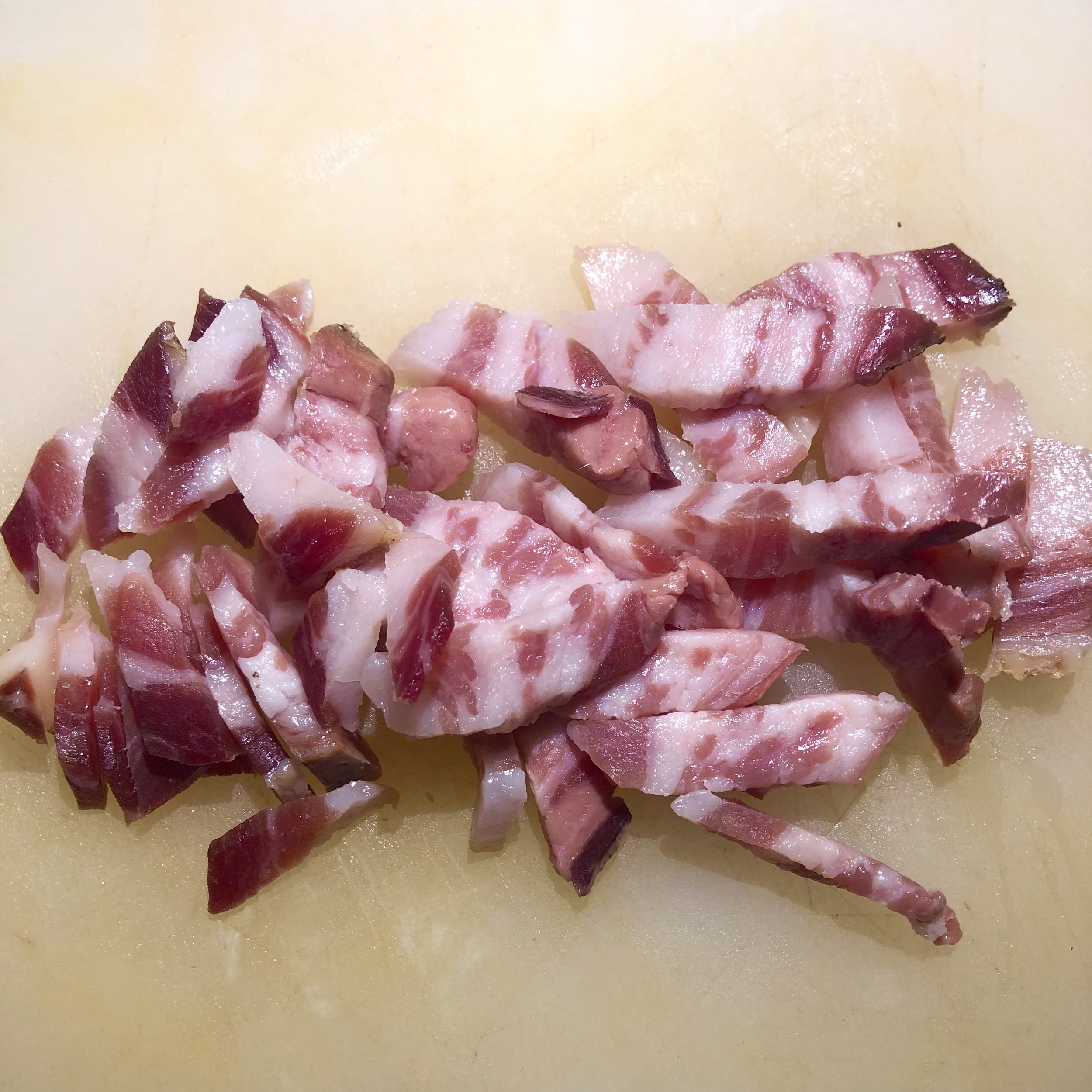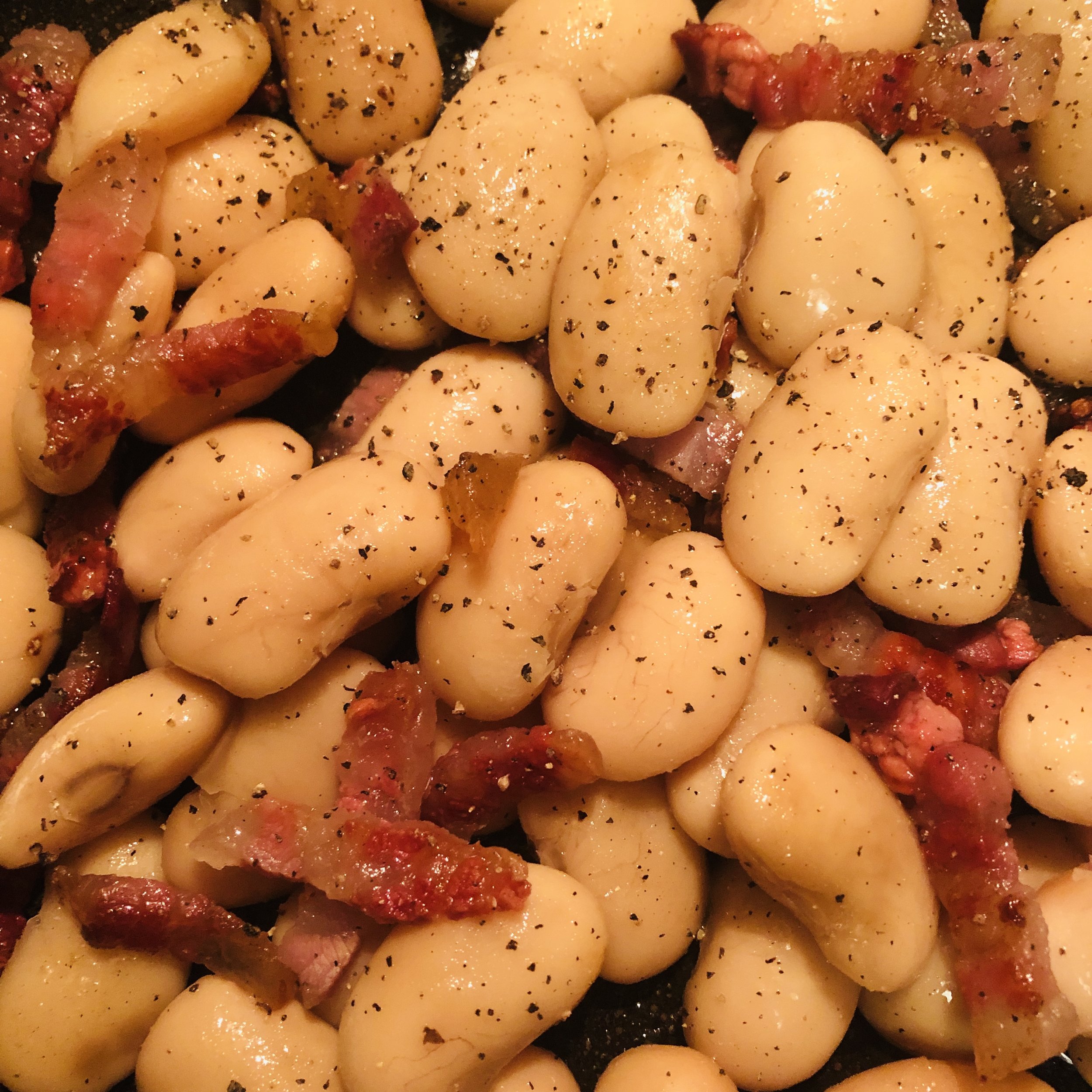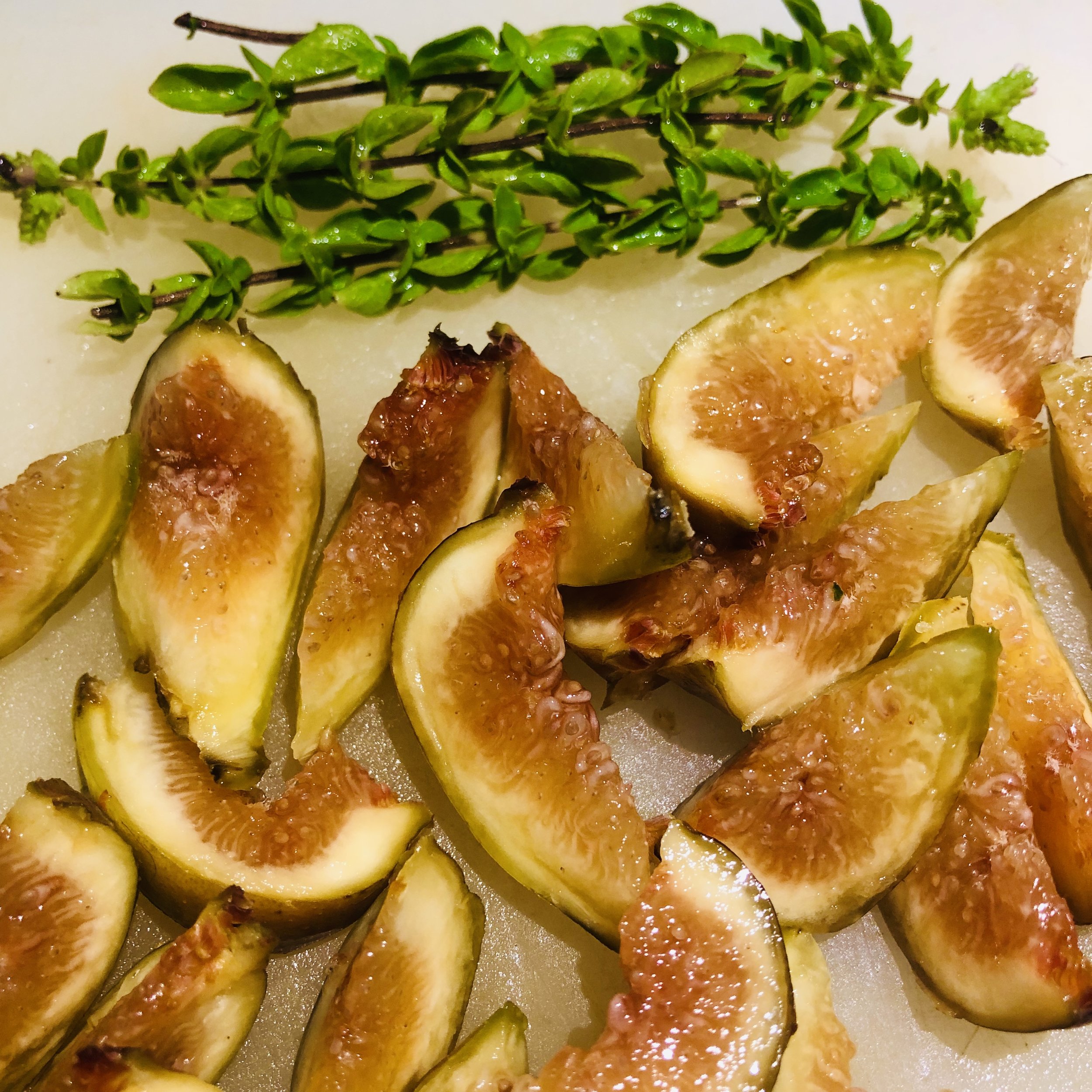The fig plant dates back an estimated 80 million years. Fast forward to 9400 BCE, its domestication may have preceded even that of wheat and barley. Moving ahead another 11,419 years…
Fresh figs come to market twice a year here, but their window is fleetingly brief, so it behooves one to keep an eye on the culinary calendar. Spring figs are a cruelly tempting caprice as they are but a mere tease in comparison to the sensual, autumnal, sweetness of September figs. There’s a metaphor in there somewhere.
You may have noticed that I haven’t used the word ‘fruit’ yet. That’s because this is a nerdy site and figs are technically not a fruit but a ‘syconium.’ If you already know this skip down to the recipe; otherwise, hang on because this is amazing stuff that will change the way you experience figs forever.
A syconium is a bulbous inflorecence. In its mature form it consists of an endocarp enclosing hundreds to thousands of flowers that, once pollinated, mature internally into one-seeded fruits, each encased in a gooey endocarp; these micro-fruits are called ‘druplets.’ This is what we see when we cut open a ripe fig, the honey-like stickiness that inspired the Fig Newton (1891). So, essentially, a fig is like an ovary.
For pollination to occur, a tiny specialized wasp must enter an opening called the ‘ostiole’ at the base of the female synconium. In this scenario, there are also male counterparts called ‘caprifigs,’ inedible (not tasty) figs fed to goats, hence the name. The wasps lay their eggs inside the male caprifigs, where the larvae will grow and develop. Once they are mature, they mate, and the male wasps, having fulfilled their sole purpose, leave the fruity birthplace and die. On their way out, though, they chew a hole in the fig so the ladies can exit more easily. The females will then go about doing the real work. Their aim is to lay eggs - but the trick is that they are unable to distinguish female from male synconia - it is a crapshoot. Therefore, covered with fig pollen, some will unwittingly enter the ostiole of the female fig, but then it is is game over; her eggs will not take: she gets engulfed in the mucky interior, pollinates, and dies. Now, I know what you are thinking… but no worries, the fig is equipped with enzymes to break down the wasp carcass, and anyway, some cultivars are parthenocarpic, that is, they do not require pollination.
A note to culinary enthusiasts traveling in Italy during fig season:
In Italian, fruit bearing trees are masculine eg. olivo, melo, nespolo etc. while the fruit itself is feminine: oliva, mela, nespola. Not so with the fig tree. A fico bears the fico or plural fichi. The feminine, fica, is a distinctly carnal term for female genitalia, taking its inspiration from the comprable appearance and texture of the inflorecence. The word fico, in addition to meaning ‘fig,’ is also used as an adjective by the under-30 set to mean ‘cool,’ yesteryear’s ‘groovy,’ or the more recent, albeit annoying, ‘sweet.’ A good rule of thumb is to avoid colloquialisms unless you are either linguistically proficient or not responsible for your utterances.
These factoidal digressions will undoubtedly impress your friends next time you serve fresh figs, hopefully in the recipe that follows:
Fichi (detail), Claudio Cattaneo (2008) http://www.claudiocattaneopittore.it/Dipinti_1.asp
Ingredients:
500 ml / 2 cups of cooked or canned butter (also called Spanish) beans
1 small red onion, sliced
150ml red wine vinegar
90 g. guanciale or smoked pancetta
4 fresh second season figs cut in 6 sections each (or dried figs that have been soaked in warm water)
1 sizeable sprig fresh oregano
salt and fresh pepper
Instructions:
One hour or more ahead of time, slice the onion in slim rings
Bring 150ml red wine vinegar, 150ml water and 1/2 tbsp salt to a boil in a small saucepan.
When the liquid is at a full boil put the onion rings in, turn off the heat, cover and leave to steep for an hour or so.
Cut the guanciale/pancetta in small pieces and sauté quickly until crispy on the outside.
Remove the leaves from the oregano and bruise slightly.
In a bowl, mix the beans with the pancetta (and its fat), pepper, and oregano.
Drain the onions, squeeze, and mix lightly with the other ingredients. Place this onto a serving dish.
Cut the figs in half and then into three sections and place them on top of the bean salad. Serve.




